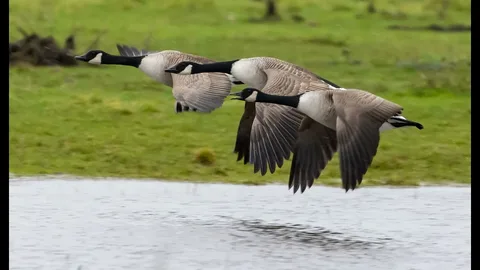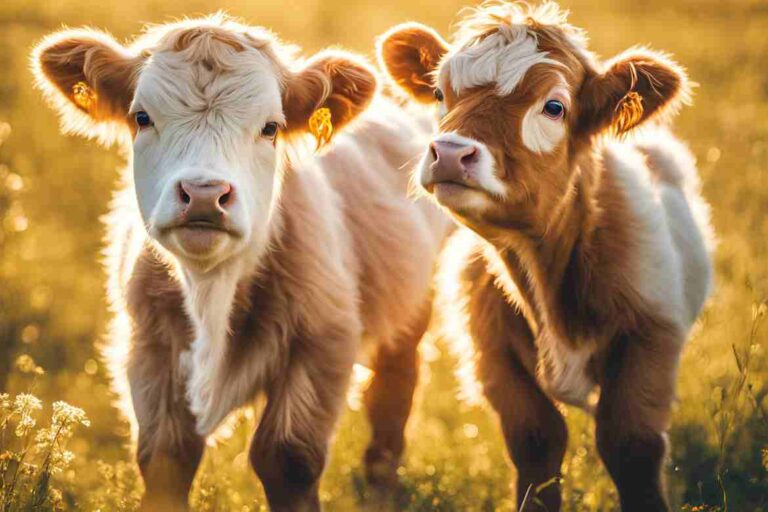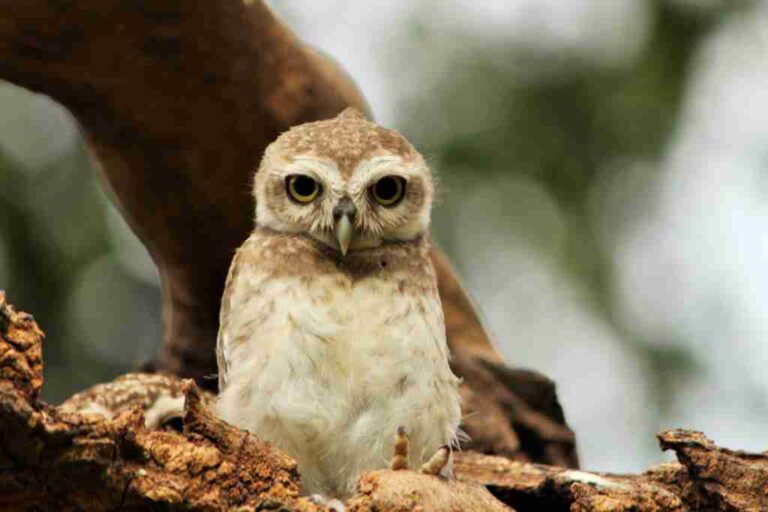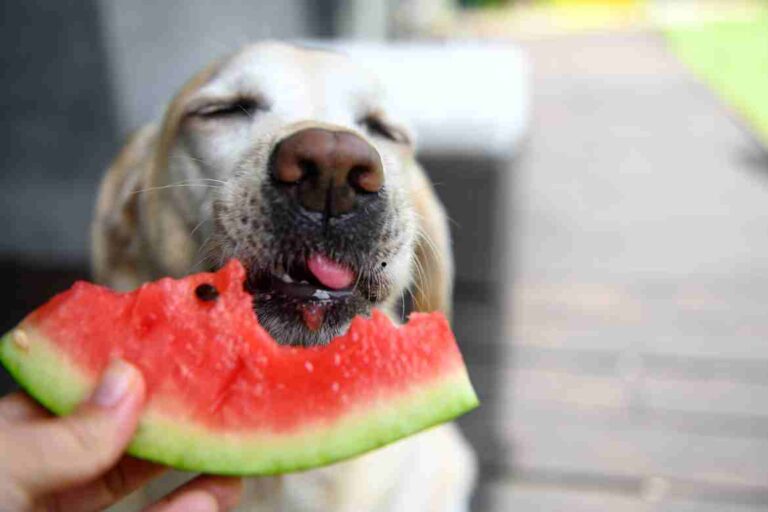do Canadian geese mate for life:
Geese are remarkable creatures that display a variety of intriguing behaviors, especially when it comes to their mating and social bonds. Among the most commonly observed geese, the Canadian goose stands out for its strong pair bonds and family-oriented behavior. The question, “Do Canadian geese mate for life?” or more broadly, “Do geese mate for life?” has fascinated ornithologists and bird enthusiasts alike. This article delves into the intricate mating habits of geese, with a special focus on Canadian geese, while exploring the biological and ecological factors that shape their relationships.
1. Overview of Goose Mating Behavior

Geese are part of the Anatidae family, which includes ducks and swans. Their mating behaviors are known for their complexity and emotional depth. Most species of geese, including Canadian geese, are monogamous and form long-term pair bonds that often last for life. These bonds are an essential aspect of their survival strategy, aiding in reproduction, raising young, and protection.
Monogamy in Geese
Monogamy is the dominant mating system among geese. Once a pair bond is established, the two geese typically remain together throughout their lives unless one of them dies. This lifelong partnership is rare in the animal kingdom, making Canadian geese a fascinating subject of study.
2. Do Canadian Geese Mate for Life?

Canadian geese (Branta canadensis) are among the most well-known goose species, admired for their striking V-shaped migratory formations and strong familial bonds. They are a prime example of a species that mates for life.
Pair Bond Formation
Canadian geese typically form pair bonds at around two to three years of age. Courtship involves a series of synchronized behaviors, including:
- Head bobbing
- Mutual preening
- Honking in harmony
These actions help solidify the connection between potential mates.
Benefits of Lifelong Mating
The lifelong bond provides several advantages:
- Reproductive Success: Pairs that stay together are more efficient at nesting and raising goslings.
- Efficient Parenting: Both parents share the responsibility of incubating eggs and protecting the young.
- Safety and Survival: A bonded pair can better fend off predators and defend their territory.
Exceptions to Lifelong Pairing
While Canadian geese are highly loyal, there are exceptions:
- Death of a Mate: If one partner dies, the surviving goose will eventually seek a new mate.
- Unsuccessful Pairings: In rare cases, pairs may separate if they consistently fail to produce offspring.
3. Do Other Geese Species Mate for Life?
Canadian geese are not unique in their monogamous behavior. Many other goose species also form long-term pair bonds, although the degree of loyalty can vary.
Greylag Geese
Greylag Canadian geese exhibit lifelong pair bonding and are known for their affectionate interactions. They often preen each other and stay close together even outside the breeding season.
Snow Geese
Snow geese also tend to mate for life. They travel in family groups during migration, with the pair leading their goslings in flight.
Exceptions Among Geese
While most geese are monogamous, some species, such as the Egyptian goose, display less strict pair-bonding behavior. In these cases, geese may switch mates more frequently.
4. Why Do Geese Mate for Life?
The evolutionary reasons behind geese’s lifelong pair bonds are deeply rooted in their need for survival and reproductive success. Key factors include:
Reproductive Efficiency
A bonded pair is better at nesting and raising goslings. They are familiar with each other’s behaviors and can coordinate tasks effectively.
Defense Against Predators
Geese are territorial during the breeding season. A bonded pair can work together to defend their nest and young from predators such as foxes, raccoons, and birds of prey.
Energetic Savings
Finding a new mate each breeding season requires time and energy. By maintaining a lifelong bond, geese can conserve energy for other critical activities, such as migration and foraging.
5. Mating Rituals and Nesting Behavior
Courtship Displays
Geese engage in elaborate courtship rituals to strengthen their bond. These include synchronized movements, mutual grooming, and vocalizations. These behaviors not only establish trust but also signal readiness for mating.
Nesting and Egg Laying
Once mated, the female goose selects a nesting site, often near water. She lays an average of 4-7 eggs and incubates them for about 28-30 days while the male guards the territory.
Parental Roles
Both parents are actively involved in raising the goslings. The male typically guards the family, while the female leads the young to feeding areas.
6. Challenges to Lifelong Pair Bonds
While geese are generally loyal, their bonds can be tested by environmental and social factors:
Predation
The death of one mate due to predation forces the surviving goose to find a new partner. This can disrupt the family unit and delay future reproduction.
Habitat Loss
Urbanization and wetland destruction can reduce suitable nesting sites, increasing stress on pairs and potentially leading to separation.
Climate Change
Changing climates can alter migration patterns and food availability, creating additional challenges for bonded pairs.
7. Human Impact on Geese Mating Behavior
Feeding and Habitat Alterations
Human feeding can encourage geese to settle in urban areas, affecting their natural behaviors. While this may not directly impact their pair bonds, it can alter their migration and breeding patterns.
Conservation Efforts
Efforts to protect wetlands and other habitats benefit geese by providing stable environments for nesting and raising young. Such initiatives help preserve their natural mating systems.
8. Comparing Geese to Other Monogamous Birds
Geese are not the only birds known for lifelong pair bonds. Swans and albatrosses also exhibit similar behaviors. Comparing geese to these species highlights:
- Similarities: Strong bonds, joint parenting, and synchronized behaviors.
- Differences: Variations in courtship rituals and environmental adaptations.
9. Misconceptions About Geese and Lifelong Mating
“Geese Never Change Partners”
While geese are highly loyal, they will seek new mates if their partner dies or if the pair fails to reproduce successfully.
“Geese Always Mate With the Same Partner”
In rare cases, geese may engage in extra-pair copulations, though this behavior is uncommon.
10. Emotional and Social Aspects of Geese Pair Bonds
Geese’s interactions often resemble human-like emotions, such as grief and loyalty. For example:
- Mourning: Geese have been observed mourning the loss of a mate.
- Celebration: Successful nesting and hatching often result in jubilant displays.
Conclusion
Canadian geese, along with many other goose species, are remarkable for their lifelong pair bonds. These bonds are not only a testament to their loyalty but also a crucial adaptation for survival and reproductive success. While environmental and social factors can occasionally disrupt these bonds, geese’s dedication to their partners and offspring remains one of their most defining traits. Understanding and preserving these behaviors enriches our appreciation of these extraordinary birds and highlights the importance of conserving their habitats.
- Mexican Red Headed Bird: A Brilliant Avian Wonder - January 16, 2025
- Can Turkeys Eat Bread? - January 15, 2025
- crocodile and plover bird relationship articles for students - January 12, 2025







